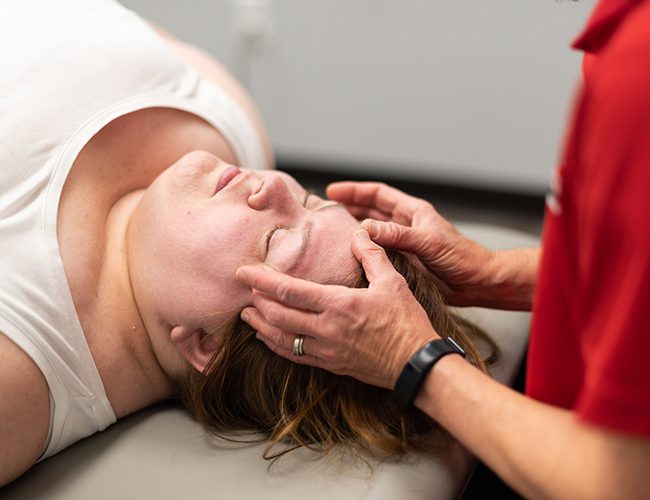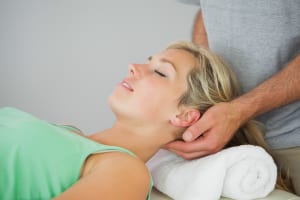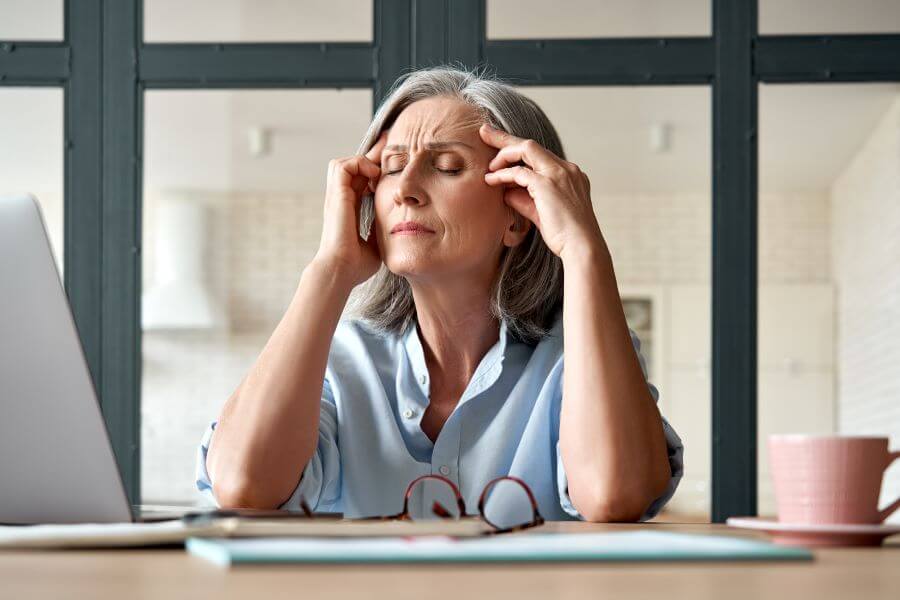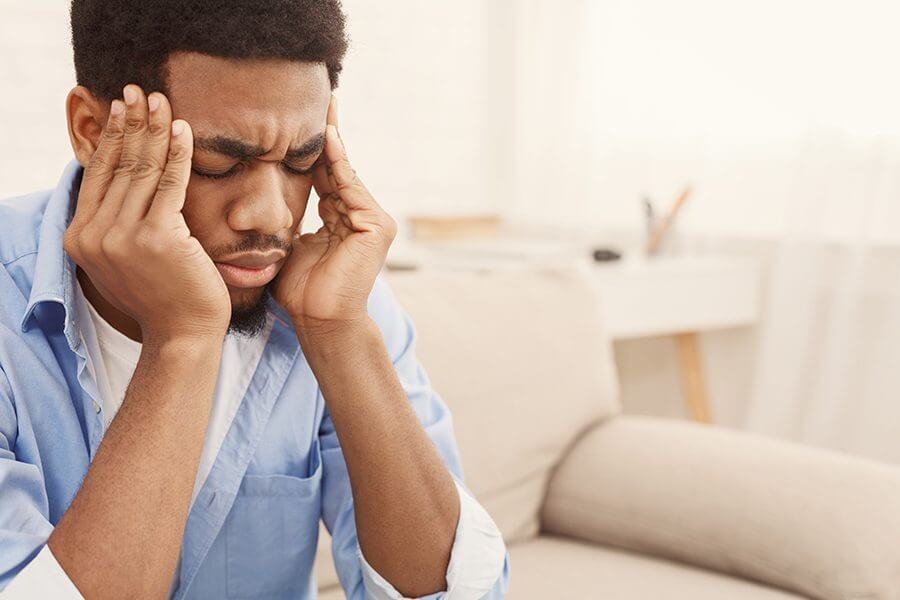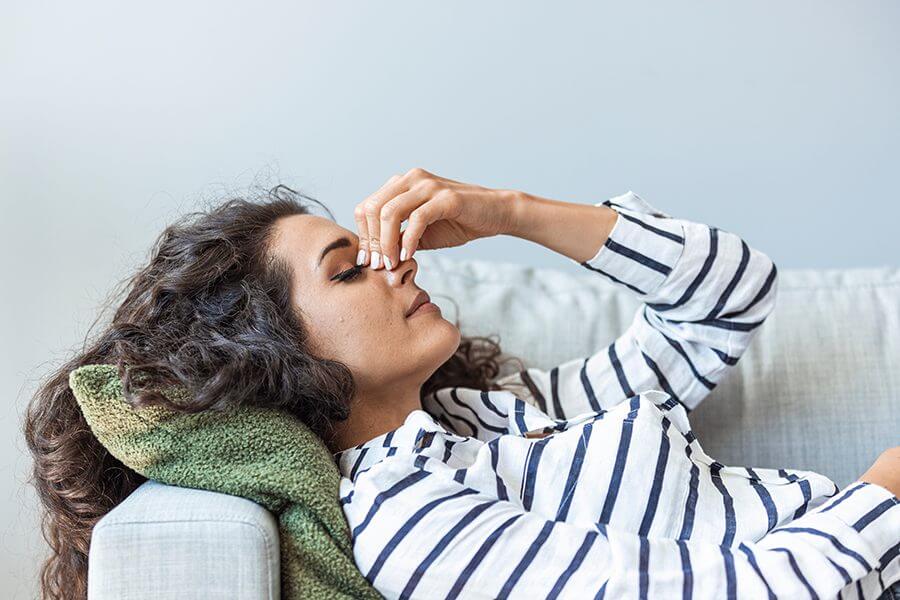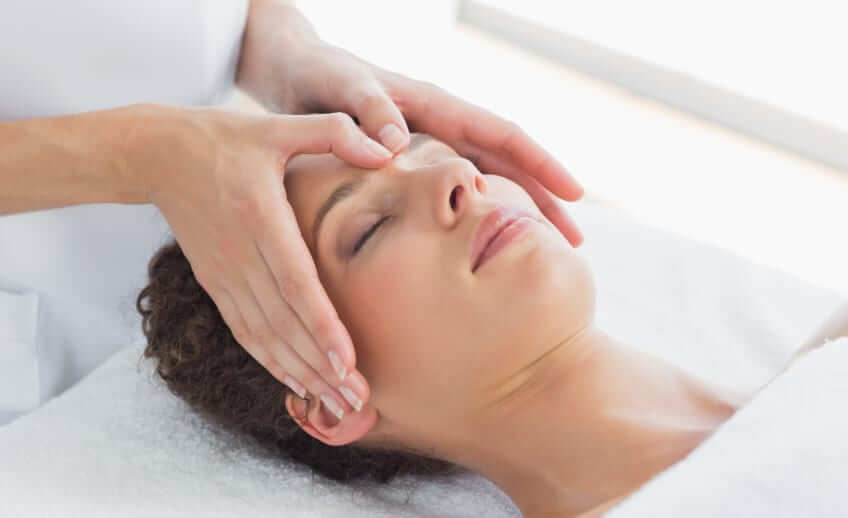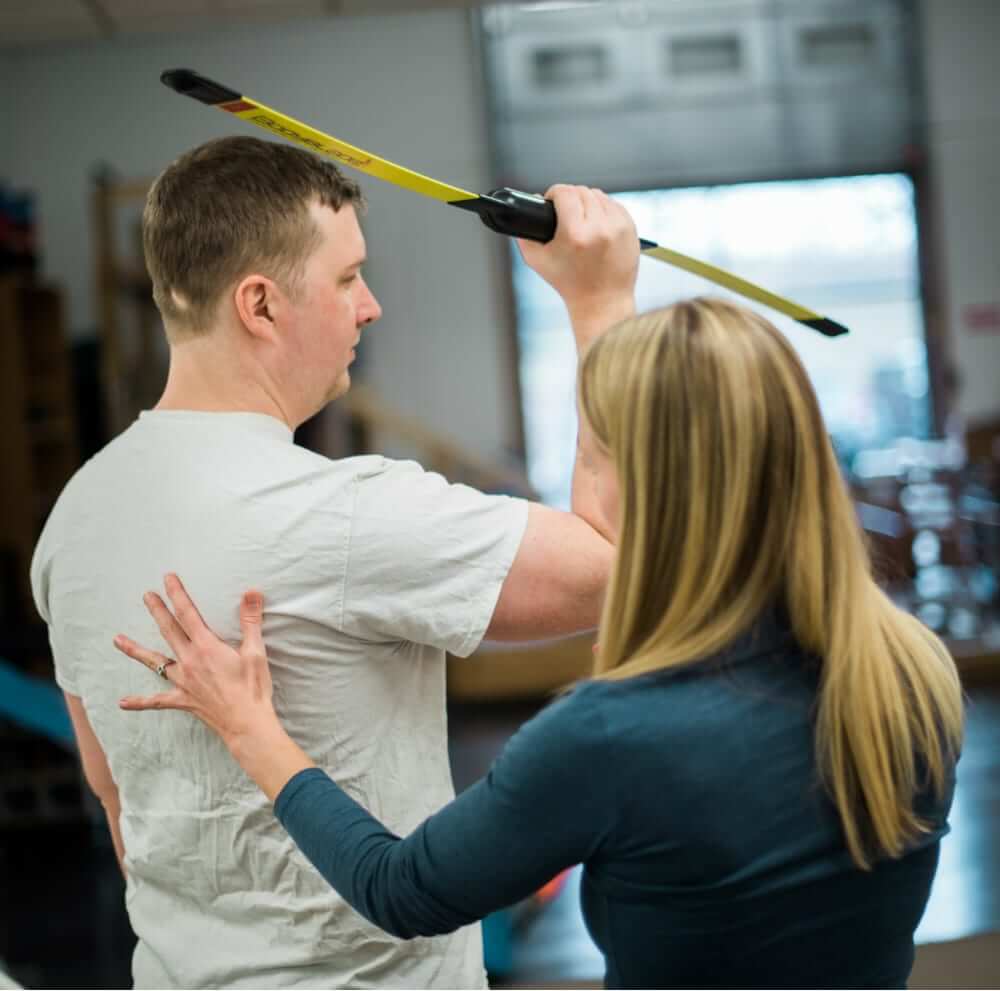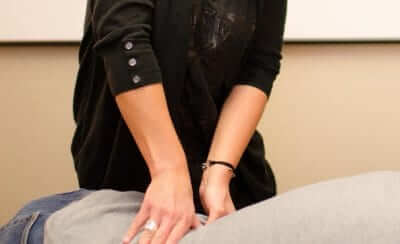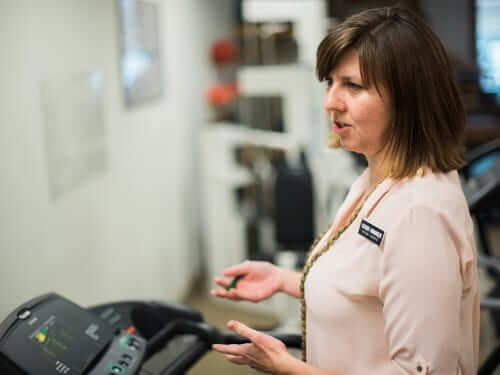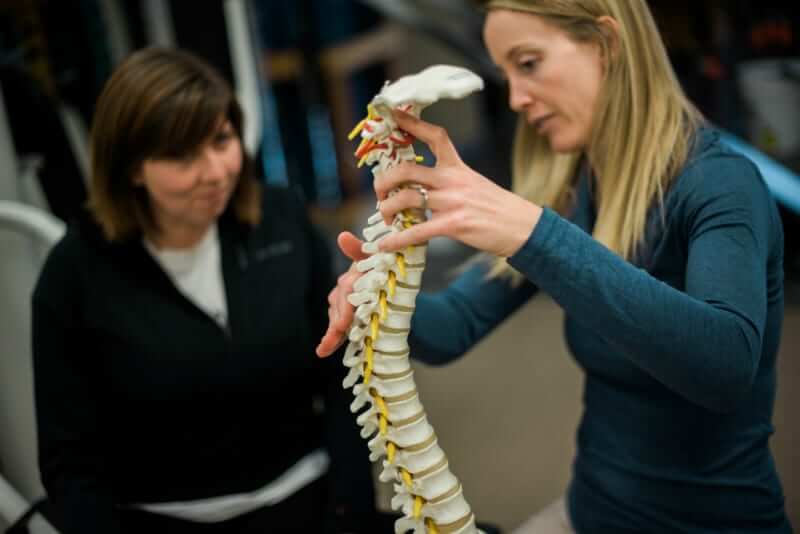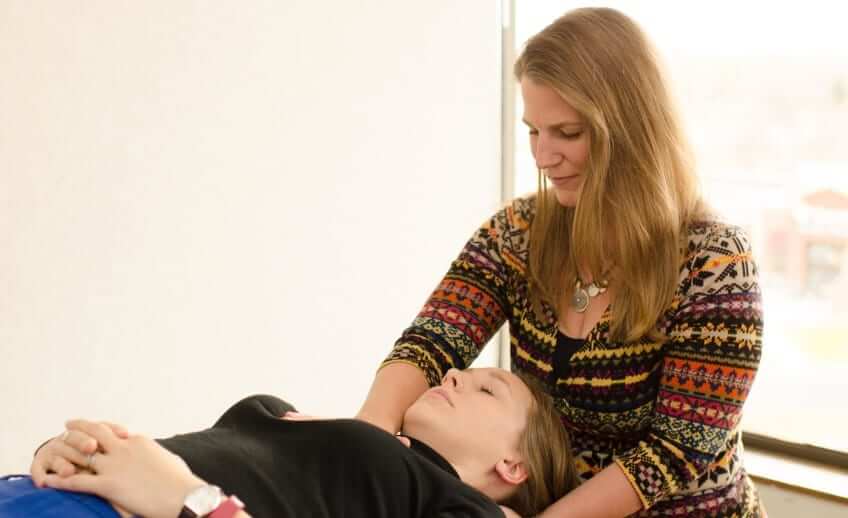Craniosacral therapy (CST) is a gentle hands on technique to restore normal position and motion of the bones of the skull, spine and sacrum, and to restore cerebrospinal fluid flow. Physical Therapists who perform craniosacral therapy have had specialized training and have very skilled touch and intuition.
What is the Craniosacral System? What is the Theory?
The body’s craniosacral system includes the membranes and cerebrospinal fluid that surround and protect the brain and spinal cord. It extends from the cranium (head) to the sacrum (tailbone). The cerebrospinal fluid circulates through the brain and spinal cord at a rate of 6 to 12 cycles per minute and is called the craniosacral rhythm. This craniosacral rhythm can be felt through gentle touch and can lead the therapist to restrictions in the body. Restrictions in the membranes of this system can affect the central nervous system and other systems in the body.
Contracture in the soft tissues at the skull and spinal cord can restrict the flow in the craniosacral system. CST uses the craniosacral rhythm and system as a guide to correct restrictions and to facilitate optimal craniosacral function. The result is improvement in pain and function.
What To Expect
All patients receive a thorough musculoskeletal evaluation that includes assessment of your posture, muscle imbalances, biomechanics, and joint mobility to identify areas contributing to your symptoms.
With Craniosacral Therapy, your treatment is very gentle. Very light pressure in just the right spot releases flow restrictions and results in immediate pain relief and restored motion.
Craniosacral Therapy is often combined with other forms of therapy, like Myofascial Release, joint mobilization, and appropriate exercise.
